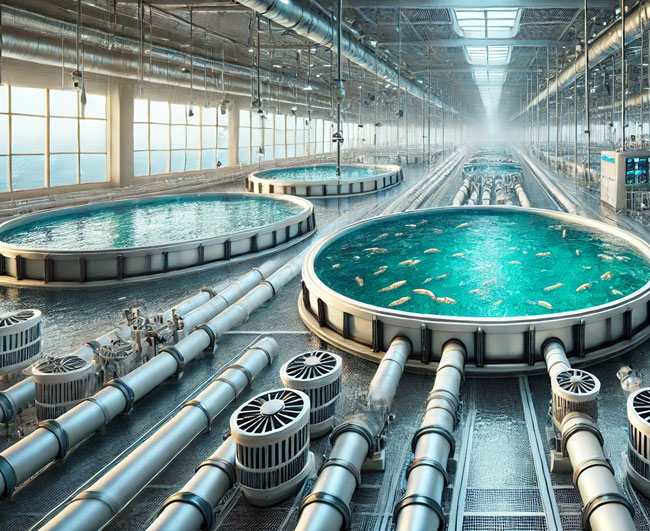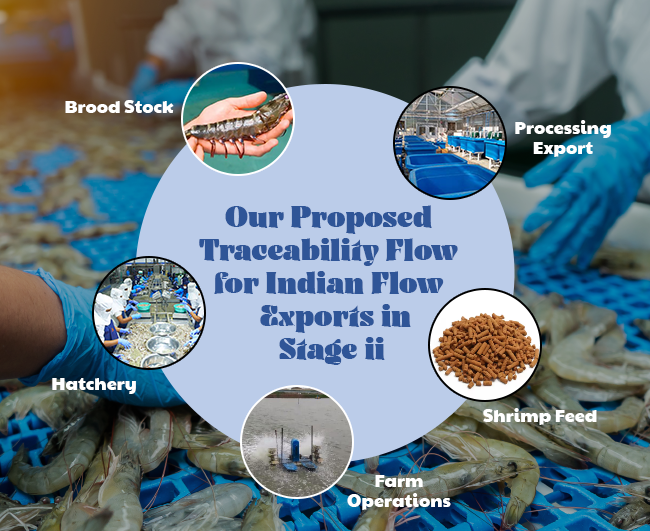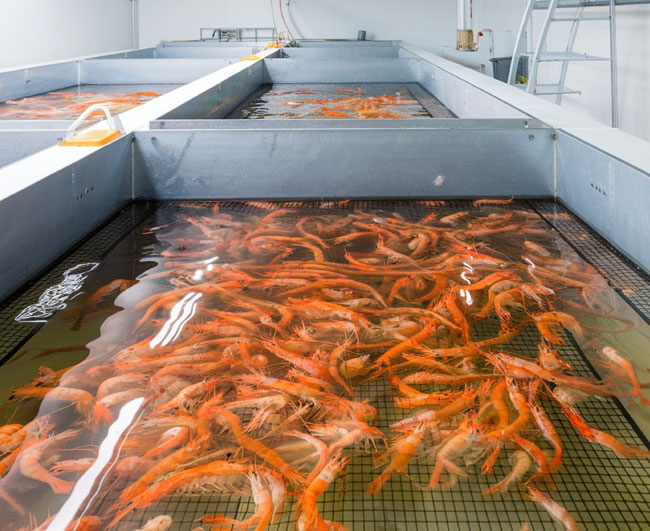- Current Aquaculture Area: "4 lakh acres under cultivation"cibusindia.com
- Government Target: "Expansion to 10 lakh acres by 2030"
- Sustainability Focus: "Pollution-free, natural farming practices"
- Technology Adoption: "AI, IoT, and automation for cost efficiency"
- Shrimp & Fish Farming: "Boosting both shrimp and fish production"
Reliable Solution
Transforming Aquaculture with AI & IoT
Powering the Future of Sustainable Aquaculture

Reliable Solution
Empowering Farmers with Next-Gen Technologies.
Real-time Monitoring. Smart Feeding. Predictive Insights.

Reliable Solution
Andhra Pradesh: India’s Aquaculture Heartland.
4 Lakh Acres Today. 10 Lakh Acres Tomorrow.













